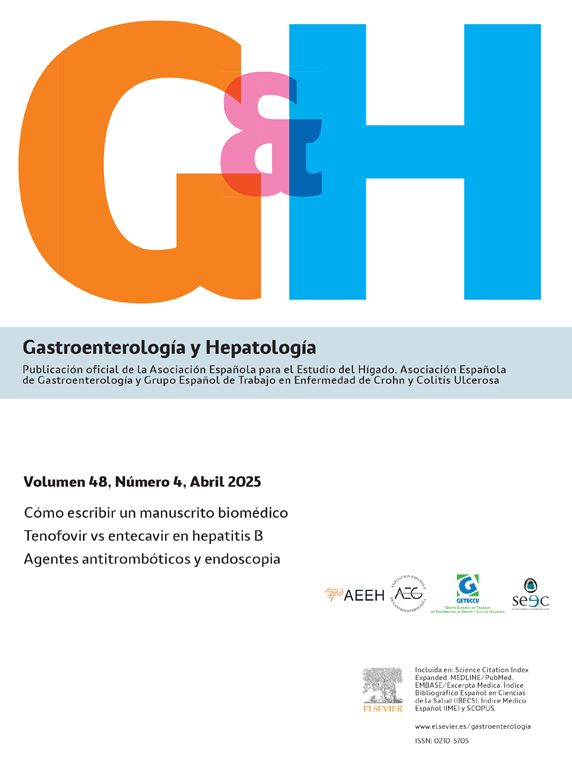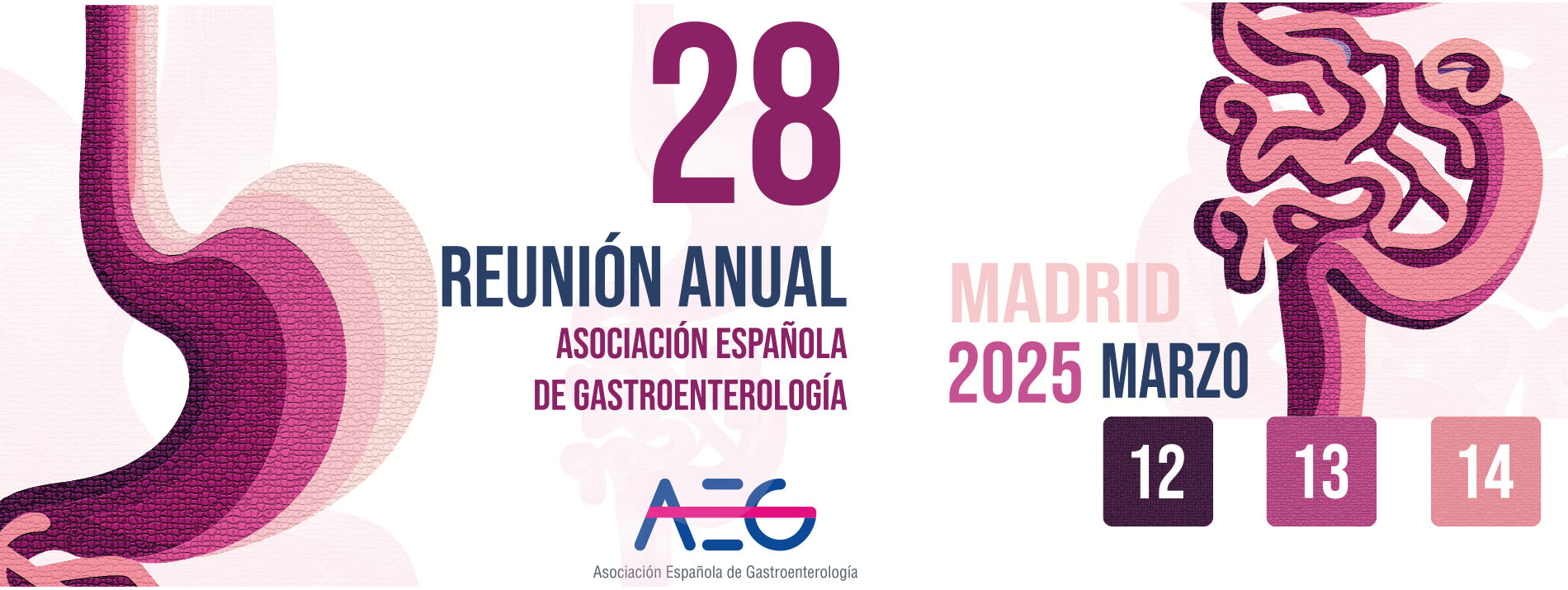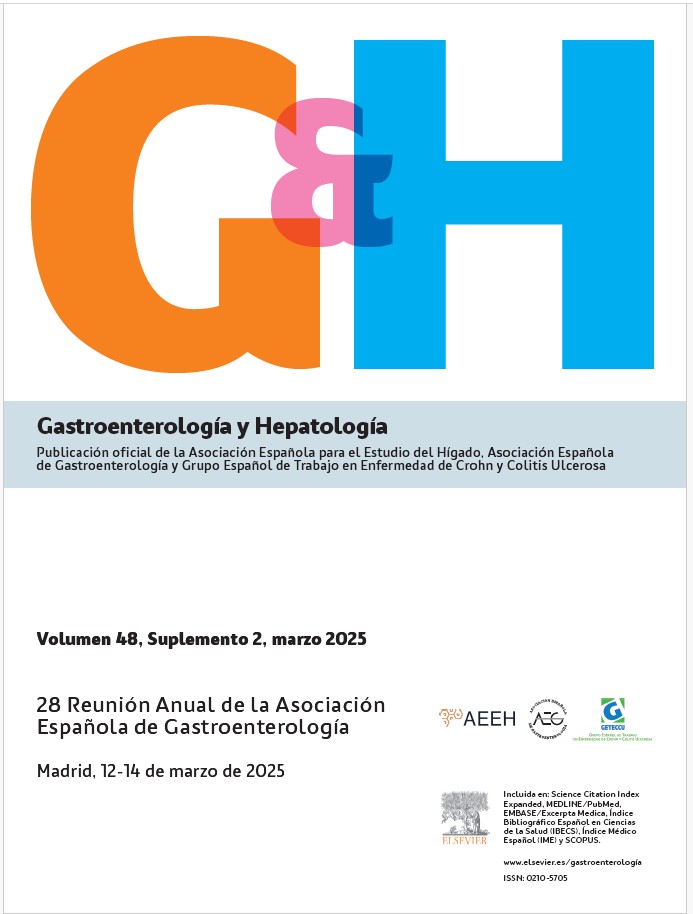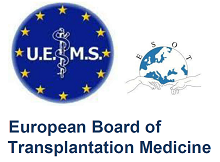LONG-TERM PROGRAMMATIC PARTICIPATION PATTERNS, POSITIVITY RATES, AND YIELDS FOR NEOPLASIA IN CATALONIA’S ORGANIZED FECAL IMMUNOCHEMICAL (FIT)-BASED COLORECTAL CANCER (CRC) SCREENING PROGRAM
1Gastrointestinal Cancer Prevention Program, Stanford University School of Medicine. 2Oficina de Cribratge de Càncer, Pla Director d'Oncologia, L'Hospitalet de Llobregat. 3Servicio de Epidemiología, Hospital del Mar, Barcelona. 4Servicio de Gastroenterología, Hospital Clínic de Barcelona.
Introduction: The emergence of blood-based biomarkers intensifies the demand for data on the real-world long-term uptake and yield of FIT.
Objectives: To characterize long-term participation patterns, FIT positivity rates and yields for neoplasia in the Catalan FIT-based CRC screening program since 2010.
Methods: Participation, FIT positivity and yield (CRC; high-risk precursors = advanced adenoma/sessile serrated lesion or 5+ non-advanced ones) were determined with 2 perspectives: 1) Program (all persons regardless of age at entry); 2) Adherent cohort (entry at 50-51 yo with longitudinal consistent/frequent [100%/66-99% of rounds offered] participation).
Results: Participation patterns: Among 2.81M persons with 1-9 rounds offered/person, participation patterns were: 29.2% consistent, 8.6% frequent, 16.0% occasional [1-65%], and 46.2% never. FIT participation & positivity: Per-round FIT completed/offered ranged 39-60% for the Program, and 91-98% for the Adherent Cohort. FIT-positivity was highest in round 1 and settled at a steady state in rounds 2+ in both scenarios. Neoplasia yield: CRC/1,000 persons completing FIT was substantially higher in round 1 vs. rounds 2+ in both scenarios. Similarly, high-risk precursor and CRC detection were highest in round 1, with CRC detection settling at a steady state and high-risk precursor detection remaining substantial in rounds 2+. Adherent Cohort vs. Program: FIT-positivity and neoplasia yield were higher at a given round in the Program vs. Adherent cohort.
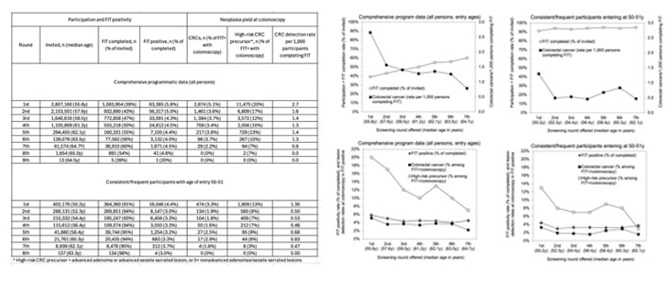
Conclusions: With current program design, 46% of eligible persons do not participate, and among participants, 70% are consistent/frequent. Yield is highest at round 1, as expected due to detection of prevalent neoplasia, but yield at rounds 2+ remains substantial. The Program vs. Adherent cohort results across rounds with similar ages suggest that consistent/frequent participation may decrease CRC incidence, presumably by removal of CRC precursors.




